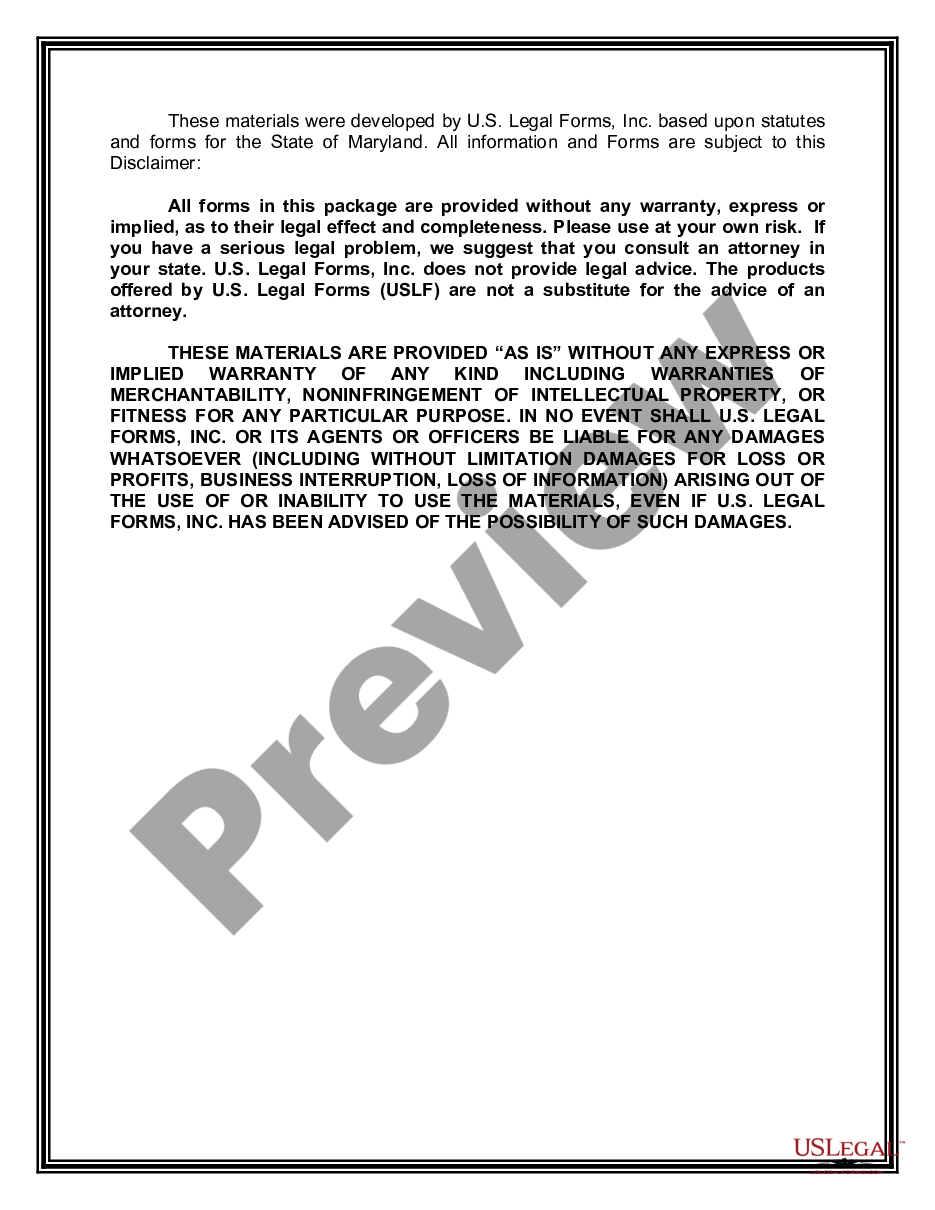In the realm of real estate transactions, the process of grant deed preparation plays a pivotal role. It is a crucial step that ensures a smooth transfer of property ownership from one party to another. However, not everyone is aware of the nuances involved in this intricate process. This article aims to elucidate the fundamental aspects of preparing a grant deed, providing valuable insights to both seasoned professionals and novices in the real estate market.
Understanding What a Grant Deed Is
A grant deed is a legal document that officially transfers property ownership from a grantor (the seller) to a grantee (the buyer). It guarantees that the title to the property is guaranteed to be undisputed and that the grantor has the legal authority to convey the property. Essentially, it is a vital instrument in certifying that the property is free of liens and encumbrances, except those explicitly mentioned in the deed.
The Importance of Accurate Grant Deed Preparation
Accuracy in grant deed preparation cannot be overstated. Any discrepancies or errors in the deed can lead to disputes, legal challenges, and potential financial losses. Therefore, understanding the critical elements and steps involved in its preparation is indispensable for anyone engaged in property transactions.
Key Components of a Grant Deed
Here are the primary components that must be meticulously detailed in a grant deed:
- Names of the Grantor and Grantee: The full legal names of both parties involved.
- Property Description: A comprehensive description of the property being transferred, including boundaries, lot numbers, and any distinctive features.
- Consideration: The compensation or value exchanged for the property, often summarized as “for valuable consideration” to avoid specifying the actual amount.
- Granting Clause: A statement that the grantor is transferring ownership to the grantee.
- Signatures: The grantor’s signature, typically notarized to authenticate the document.
Steps in Grant Deed Preparation
Effective grant deed preparation involves several methodical steps:
- Gathering Information: Collect all necessary information pertaining to the property, including title documents and previous deeds.
- Drafting the Deed: Carefully draft the grant deed, ensuring that all key components are accurately included.
- Review and Verification: Both parties should review the deed for accuracy and completeness. It is often prudent to consult a legal professional during this stage.
- Notarization: The grantor must sign the deed in the presence of a notary public, who will then authenticate the document.
- Recording the Deed: Submit the notarized deed to the appropriate county recorder’s office to make the transfer a matter of public record.
Read more about lda near me here.
Common Pitfalls to Avoid
To ensure seamless grant deed preparation, be mindful of these common pitfalls:
- Omitting Necessary Details: Failing to include all critical information can invalidate the deed.
- Incorrect Property Description: An inaccurate description can lead to disputes and potential legal issues.
- Inadequate Notarization: Not having the deed properly notarized can render it legally unenforceable.
Conclusion
The meticulous process of grant deed preparation is fundamental to ensuring the smooth transfer of property ownership. By understanding its key components and avoiding common pitfalls, both grantors and grantees can safeguard their interests and facilitate a seamless transaction. Whether you are a real estate professional or an individual navigating a property transfer, mastering the art of preparing a grant deed is an invaluable skill.


